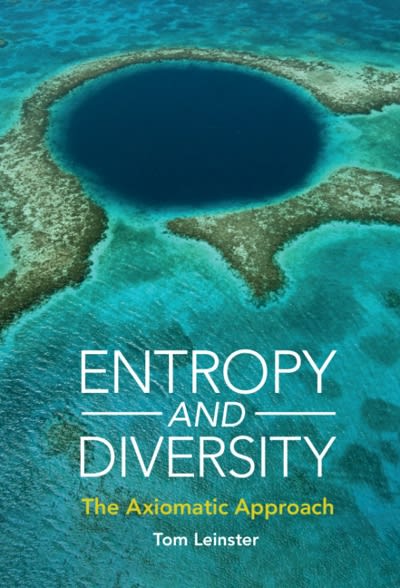Answered step by step
Verified Expert Solution
Question
1 Approved Answer
Imagine this scenario: you are the Director of a local government program that gives free mammogram screenings to low-income women. From the empirical (real-world) data
Imagine this scenario: you are the Director of a local government program that gives free mammogram screenings to low-income women. From the empirical (real-world) data your team has gathered from their patients in the past five years, you have found that the probability of a positive test result is 0.1 for women ages 40 to 49, and 0.3 for women ages 50 to 65. But after following up with more tests, it turns out that the probability of a false positive (that is, a "positive" test result when there is actuallynobreast cancer)among all positive resultsis 0.6 for ages 40-49, and 0.05 for ages 50-65.Knowing this information, how would you use probabilities to allocate this year's limited funding for your program to where it is most effective? Whatever choice you make, present the reasoning behind itusing a discussion of the probabilities (incorporating the multiplication rule and a tree diagram), along with your own judgement
Step by Step Solution
There are 3 Steps involved in it
Step: 1

Get Instant Access to Expert-Tailored Solutions
See step-by-step solutions with expert insights and AI powered tools for academic success
Step: 2

Step: 3

Ace Your Homework with AI
Get the answers you need in no time with our AI-driven, step-by-step assistance
Get Started


